当前位置:网站首页>Wang Shuang's detailed notes on assembly language learning I: basic knowledge
Wang Shuang's detailed notes on assembly language learning I: basic knowledge
2022-07-06 14:41:00 【Deteriorate_ Kr】
List of articles
Preface
Assembly language is a programming language that works directly on hardware , First, understand the structure of the hardware system , In order to effectively apply assembly language to its programming .
One 、 From machine language to assembly language
1. machine language
Machine language is a collection of machine instructions .
In terms of machine instruction deployment, it is the command that a machine can execute correctly .
The machine instruction of an electronic computer is a list of binary numbers , Computers can only read binary numbers .
Obviously , If you use machine instructions to program, it is so difficult to distinguish and remember , A little carelessness will lead to mistakes .
2. assembly language
The main body of assembly language is assembly instruction .
The difference between assembly instructions and machine instructions lies in the representation of instructions . Assembly instruction is a writing format that is easy to memorize .
Assembly instructions are mnemonics for machine instructions ( Closer to human language )
But assembly language also needs to be compiled into machine language , Only computers can understand 
Assembly language consists of the following 3 Class composition :
1、 Assembly instruction ( Mnemonics for machine codes , There is a corresponding machine code )
2、 Pseudo instruction ( By compiler , No corresponding machine code , Computer does not execute )
3、 Other symbols ( Recognized by compiler , No corresponding machine code , Such as + - * / etc. )
The core of assembly language is assembly instruction , It determines the characteristics of assembly language .
Two 、 Memory
1. Instructions and data
CPU It's the core component of a computer . It controls the operation of the whole computer and performs calculations , If you want a CPU Work , You have to give it instructions and data .
Instructions and data are stored in memory , That's what we usually call memory . At one PC The role of memory in the machine is second only to CPU.
Instructions and data are applied concepts .
On memory or disk , There is no difference between instructions and data , It's all binary information .
for example , Binary information in memory 1000100111011000, Computers can think of it as having a size of 89D8H Data to process , It can also be regarded as an instruction mov ax,bx To deal with it
Out of memory , The best performance CPU Can't work .
Disk is different from memory , If the data or program on disk is not read into memory , You can't be CPU Use .
2. Storage unit
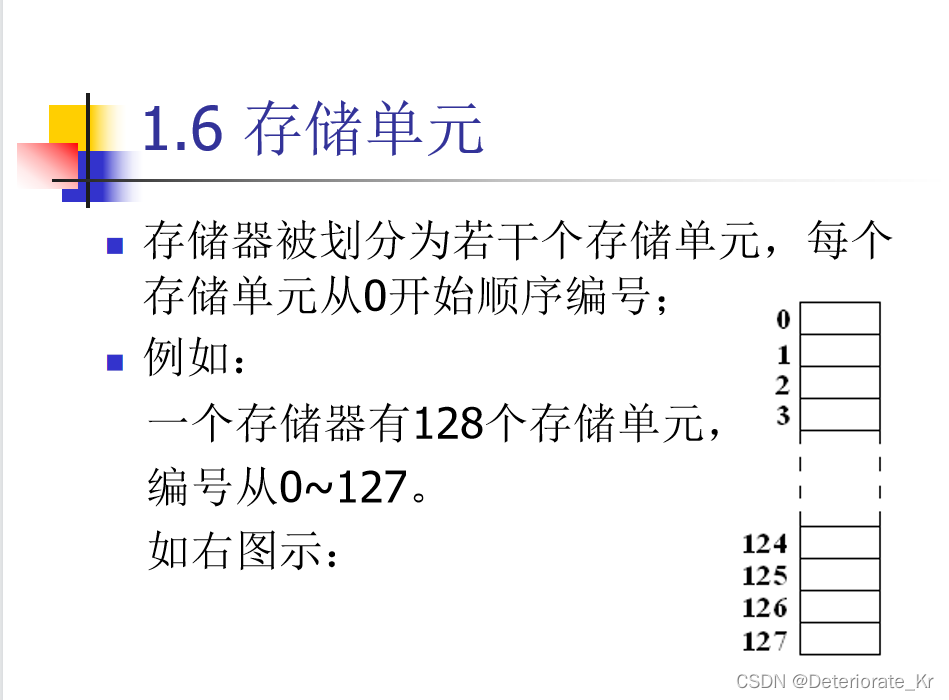
The minimum information unit of a computer is bit( The bit ), It's a binary bit .
The basic unit of a computer is bytes (byte),1byte=8bit
A storage unit can store one Byte, That is, eight binary bits
For large capacity memory, the following units are generally used to measure capacity ( The following is used B To represent the Byte):
1KB=1024B
1MB=1024KB
1GB=1024MB
1TB=1024GB
The unit of capacity of a disk is the same as that of memory , In fact, the above units are commonly used in microcomputers
3、 ... and .CPU Read and write to memory
CPU To read and write data , It has to be with external devices ( The standard way of saying is chip ) Interact with three types of information :
Address of the storage unit ( Address information )
Device selection , Read or write command ( Control information )
Read or write data ( Data and information )
In the computer, there are special connections CPU And the wires of other chips ( A computer can handle 、 The transmitted signals are all electrical signals , Of course, electrical signals should be transmitted by wires ), Commonly referred to as a bus .
Physically speaking, a bus is a collection of wires ;
Logically divided into :
Address bus
data bus
Control bus
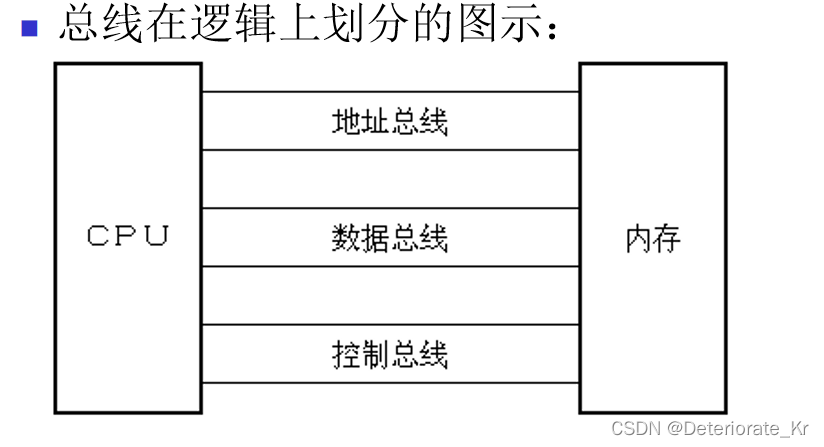
1. How to command the computer to read and write data ? That is, how to make CPU What about work? ?
Passing instructions
Of course, it includes machine instructions and assembly instructions
2. Address bus
CPU It is through the address bus to specify the storage unit .
How many different messages can be transmitted on the address bus ,CPU How many memory units can be addressed .(10 Root address bus ,CPU You can visit 1024 Storage unit , A storage unit stores bytes )
1. There are several address buses ,CPU You can transfer several binary numbers , this 10 A binary number can represent 2^10 The power is different data , The size range is 0→1023. The minimum number is 0, The maximum number is 1023
2. One CPU Yes N Root address bus , It can be said that CPU The address bus width of is N.
In this way CPU At most, you can look for 2 Of N Next memory unit .
3. data bus
The width of the data bus determines CPU And external data transmission speed . Each data bus transmits one binary number at a time ,8 The root data bus can transmit one at a time 8 Bit binary data ( A byte ),16 The root data bus can transfer two bytes at a time .
4. Control bus
How many control buses are there , Means CPU How many controls are provided for external devices .
therefore , The width of the control bus determines CPU The ability to control external devices .
The memory read or write commands mentioned above are issued by several control lines :
One of them is called read signal output control line, which is responsible for CPU Send the read signal out ,CPU Outputting a low level to the control line indicates that data is to be read ;
There is a control line called write signal output, which is responsible for CPU Send a write signal to the outside .
Four . Summary
(1) Assembly instructions are mnemonics for machine instructions , One to one correspondence with machine instructions .
(2) Each of these CPU Each has its own assembly instruction set .
(3)CPU Information that can be used directly is stored in memory .
(4) There is no difference between instruction and data in memory , It's all binary information .
(5) Storage units are numbered sequentially from zero .
(6) A storage unit can store 8 individual bit ( Written as a unit “b”), namely 8 Bit binary number .
(7)1B = 8b 1KB = 1024B
1MB = 1024KB 1GB = 1024MB
(8) every last CPU Chips have lots of pins , These pins are connected to the bus . It can also be said that , These pins lead to the bus . One CPU The width of three kinds of buses marks this CPU Different aspects of performance :
The width of the address bus determines CPU The ability to address ;
The width of the data bus determines CPU The amount of data transferred at a time when data is transmitted with other devices ;
The width of the control bus determines CPU The ability to control other devices in the system .
(9)
5、 ... and . Memory address space
What is a memory address space ?
One CPU The width of the address line is 10, So you can address 1024 Memory units , this 1024 The memory units that can be found constitute this CPU Memory address space of
1. a main board
At every station PC In flight , There's a motherboard , There are core devices and some major devices on the motherboard .
These devices go through the bus ( Address bus 、 data bus 、 Control bus ) Connected to a .
These devices have CPU、 Memory 、 Peripheral chipsets 、 Expansion slot, etc . The expansion slot is usually inserted with RAM Memory modules and various interface cards
2. Interface card
CPU Cannot directly control external equipment , Like a display 、 Loudspeaker box 、 Printers, etc . Directly controlling these devices is the interface card inserted in the expansion slot .CPU You can directly control these interface cards , So as to achieve CPU Indirect control of peripherals . In short, it is CPU Send commands to the interface card through the bus , Interface card according to CPU Command to control the peripheral to work .
3. Various memory chips
a PC In flight , With multiple memory chips , These memory chips are physically independent 、 Different devices .
From the reading and writing properties, it can be divided into two categories :
Ram (RAM, Can read but write , But it has to be stored live , The stored content is lost after shutdown ) And read only memory (ROM, read-only , The content will not be lost after shutdown )
Classify from function and connection :
1. Ram RAM
Used to store for CPU Most of the programs and data used , The main random access memory (RAM) generally consists of RAM form , Installed on the motherboard RAM And plug in the expansion slot RAM
2. Equipped with BIOS Of ROM
BIOS:Basic Input/Output System, Basic I / O system .
BIOS It is made up of motherboard and various interface cards ( Such as : The graphics card 、 Network card, etc ) Software system provided by the manufacturer , It can be used to make the most basic input and output of the hardware device . In the motherboard and some interface cards, there is a corresponding storage BIOS Of ROM.
3. On the interface card RAM
Some interface cards require a large number of inputs 、 Output data for temporary storage , It is equipped with RAM.
The most typical one is on the display card RAM, It's called video memory . The display card will output the data in the video memory to the display at any time . let me put it another way , We write what we need to display into video memory , It will appear on the monitor .
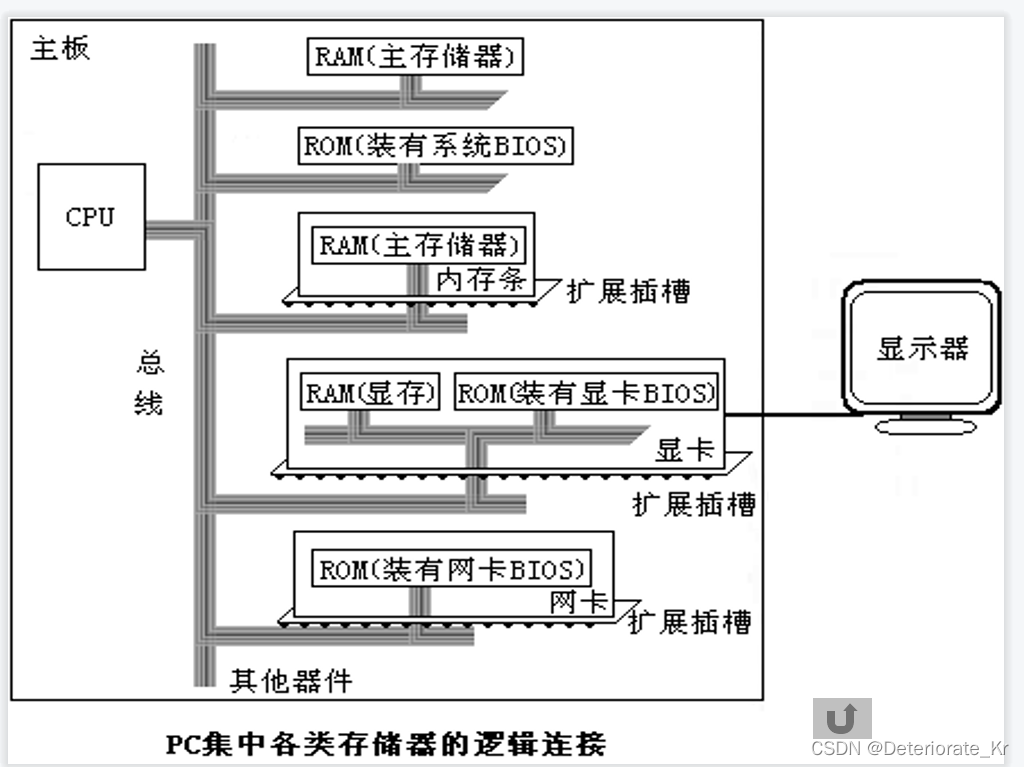
4. Logical memory
The above memories are physically independent devices .
But they are the same in two ways :
1、 And all CPU Bus connection of .
2、CPU When reading or writing to them, the command of memory reading and writing is issued through the control line .
in other words ,CPU When manipulating these physically independent memories , Treat them as memory , They are generally regarded as a logical memory composed of several storage units , This logical memory is what we call memory address space .
1. All physical memory is regarded as a logical memory composed of several storage units ;
2. Each physical memory occupies an address segment in this logical memory , It's an address space ;
3.CPU Read and write data in this address space , In fact, it is to read and write data in the corresponding physical memory 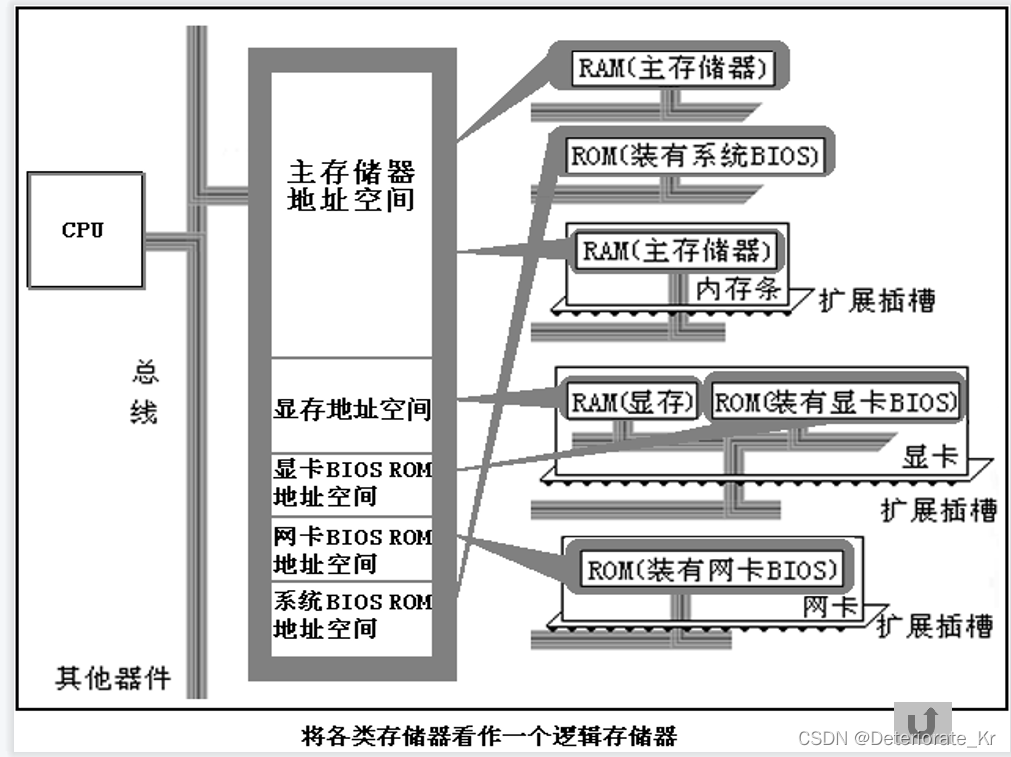
The allocation of memory address space is different in different computer systems .
When we are programming based on a computer hardware system , You must know the allocation of memory address space in this system . Only in this way can the corresponding memory be read and written correctly .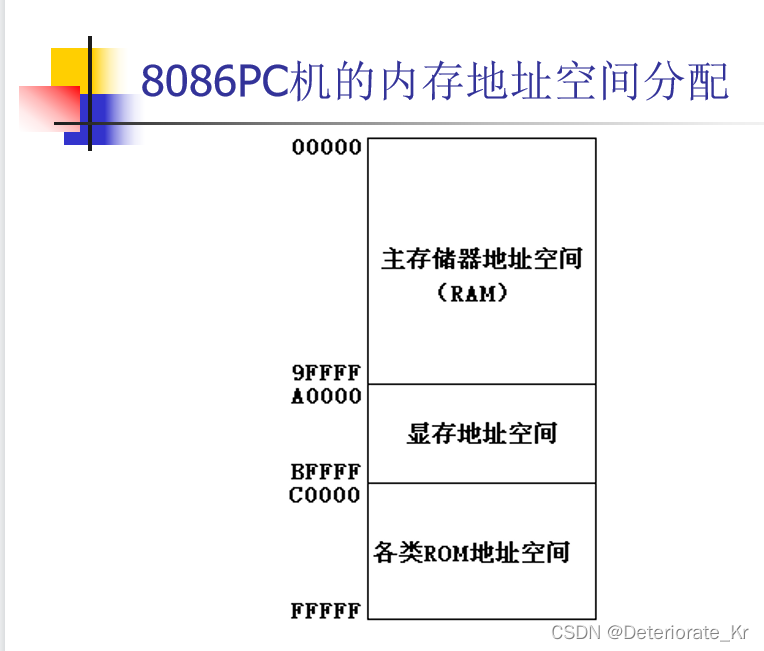
5. Summarize memory address space :
The final thing to run the program is CPU, When we use assembly programming , It must be from CPU Point of view .
Yes CPU Speaking of , All memory units in the system are in a unified logical memory , Its capacity is limited by CPU Limitation of addressing capability . This logical memory is what we call the memory address space .
边栏推荐
- Intranet information collection of Intranet penetration (5)
- Solutions to common problems in database development such as MySQL
- 关于超星脚本出现乱码问题
- Record an edu, SQL injection practice
- c语言学习总结(上)(更新中)
- 《统计学》第八版贾俊平第十二章多元线性回归知识点总结及课后习题答案
- [pointer] find the largest string
- Proceedingjoinpoint API use
- Pointeurs: maximum, minimum et moyenne
- 四元数---基本概念(转载)
猜你喜欢

四元数---基本概念(转载)

JDBC transactions, batch processing, and connection pooling (super detailed)

Fundamentals of digital circuit (IV) data distributor, data selector and numerical comparator
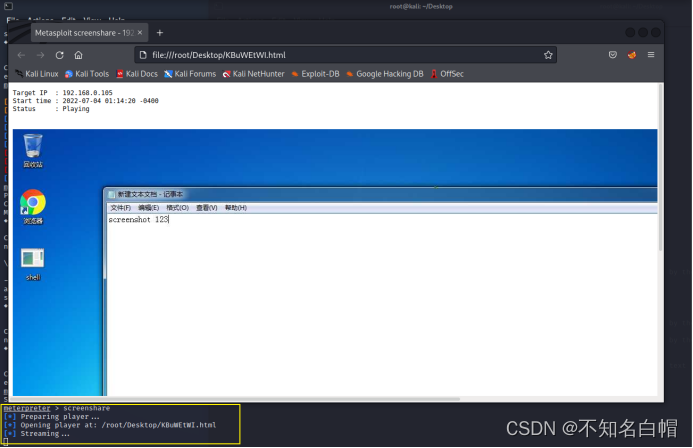
内网渗透之内网信息收集(二)
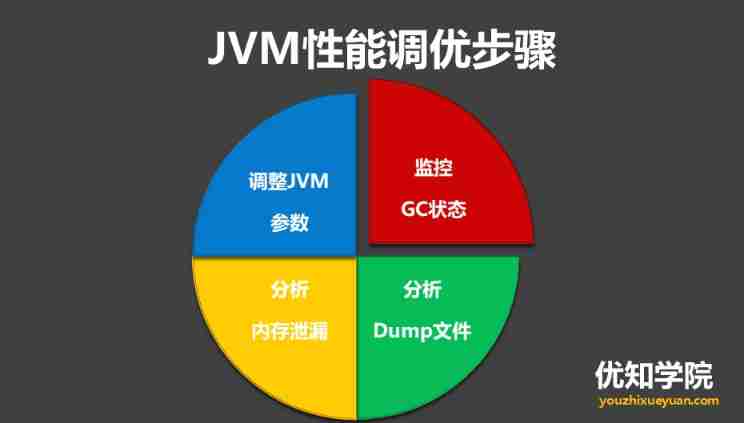
High concurrency programming series: 6 steps of JVM performance tuning and detailed explanation of key tuning parameters
![[paper reproduction] cyclegan (based on pytorch framework) {unfinished}](/img/16/43d8929d1a37c1c68e959d5854e18c.jpg)
[paper reproduction] cyclegan (based on pytorch framework) {unfinished}
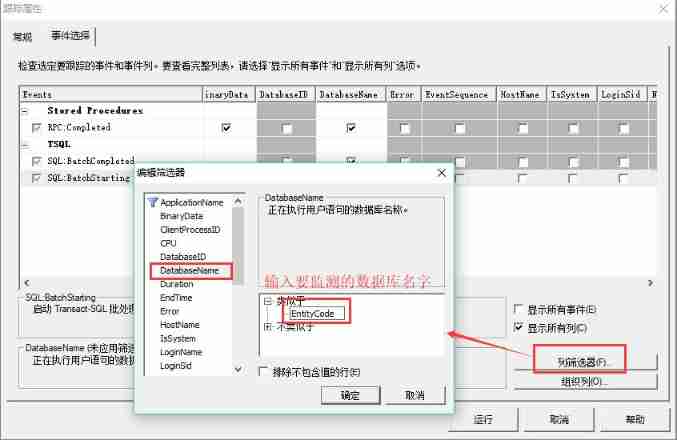
Database monitoring SQL execution

JVM memory model concept
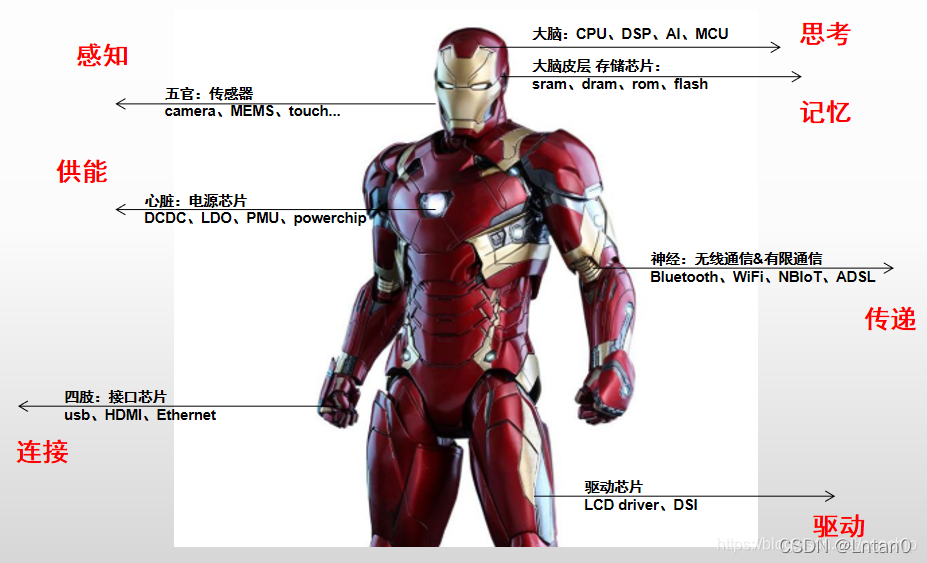
“Hello IC World”

servlet中 servlet context与 session与 request三个对象的常用方法和存放数据的作用域。
随机推荐
Record an edu, SQL injection practice
High concurrency programming series: 6 steps of JVM performance tuning and detailed explanation of key tuning parameters
【指针】求字符串的长度
Fundamentals of digital circuit (IV) data distributor, data selector and numerical comparator
数字电路基础(二)逻辑代数
图书管理系统
How to test whether an object is a proxy- How to test if an object is a Proxy?
浙大版《C语言程序设计实验与习题指导(第3版)》题目集
《统计学》第八版贾俊平第十章方差分析知识点总结及课后习题答案
函数:求两个正数的最大公约数和最小公倍
[pointer] delete all spaces in the string s
[pointer] find the length of the string
How does SQLite count the data that meets another condition under the data that has been classified once
王爽汇编语言学习详细笔记一:基础知识
Keil5-MDK的格式化代码工具及添加快捷方式
5 minutes to master machine learning iris logical regression classification
Statistics, 8th Edition, Jia Junping, Chapter 6 Summary of knowledge points of statistics and sampling distribution and answers to exercises after class
Transplant hummingbird e203 core to Da Vinci pro35t [Jichuang xinlai risc-v Cup] (I)
Based on authorized access, cross host, and permission allocation under sqlserver
Chain team implementation (C language)